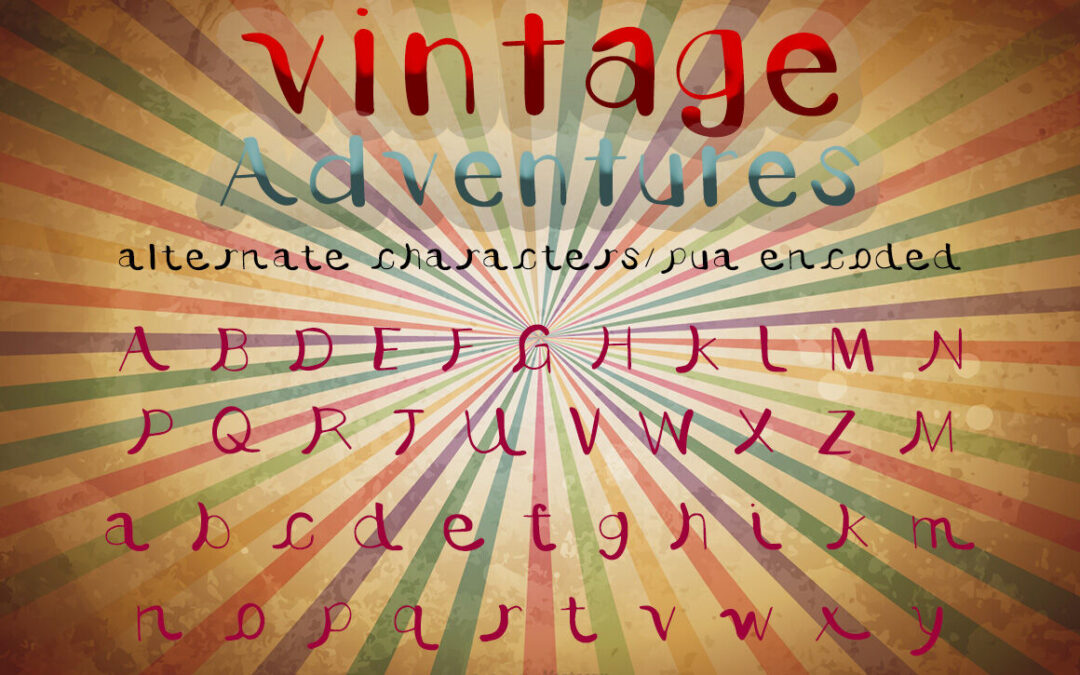Adventures in Serif takes you on a journey through the fascinating world of typography. From the elegant curves of Times New Roman to the timeless appeal of Garamond, this article invites you to explore the nuances and charm of serif typefaces. Discover why serifs have stood the test of time and how they can enhance your designs with their distinctive flair. Step into this captivating adventure where letters come to life and discover the magic of serifs. Get ready to embark on an exciting typographic expedition!

Typography Basics
What is serif?
Serif is a term used in typography to describe the small decorative lines or strokes that appear at the end of the main strokes in letters and characters. These small details can add a touch of elegance and sophistication to the overall design of typography.
Serif vs Sans-serif
When it comes to choosing a typeface, serif and sans-serif are the two main categories. Serif typefaces have those small decorative lines, while sans-serif typefaces do not. Each category has its own characteristics and applications, so the choice between serif and sans-serif depends on the intended use and design aesthetic.
Common serif typefaces
There are numerous serif typefaces available, each with its own unique style and personality. Some popular and widely used serif typefaces include Times New Roman, Georgia, and Baskerville. These typefaces have stood the test of time and have become go-to choices for various design projects.
History of Serif Typeface
Origin of serifs
The history of serifs dates back to ancient times when handwriting was a common form of communication. The strokes in handwritten letters often had natural variations and embellishments, including the now-familiar small lines on the ends of the strokes. These serifs became an integral part of early typefaces as movable type and printing presses were developed.
Evolution of serif typefaces
Over the centuries, serif typefaces went through various adaptations and modifications to meet the demands of changing design trends and technological advancements. With the advent of digital typography, designers were able to experiment and create new variations of serif typefaces, expanding the possibilities of their design.
Famous serif type designers
Some of the most influential type designers in history have made significant contributions to the development of serif typefaces. Names like Giambattista Bodoni, William Caslon, and Claude Garamond have forever left their mark on typography with their iconic serif typefaces. These designers understood the artistry and intricacies of serif design, and their work continues to inspire and shape the world of typography.
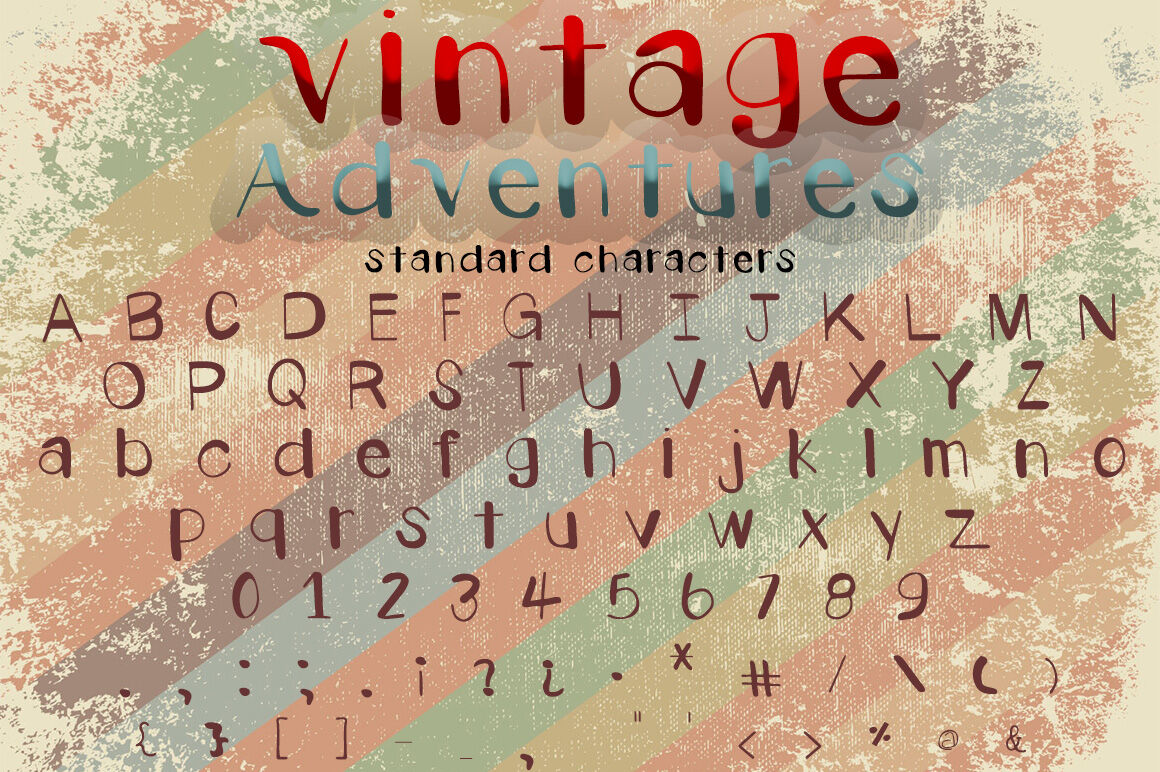
Characteristics of Serif Typeface
Shapes of serifs
Serif typefaces exhibit different shapes and styles of serifs. Some serifs are bracketed and have a gradual transition from the main stroke to the serif, while others have sharp, triangular serifs. Additionally, serifs can be straight, curved, or even slab-like. These varying styles allow designers to achieve different effects and convey specific visual messages in their typography.
Contrast and legibility
One significant characteristic of serif typefaces is the contrast between the thick and thin strokes. The thick and thin variations in a letter’s stroke add depth and visual interest to the text. This contrast can enhance legibility by providing subtle cues and guiding the reader’s eyes along the text, resulting in more comfortable and pleasant reading experiences.
Usage in different contexts
Serif typefaces have traditionally been associated with printed materials, such as books, newspapers, and magazines. The elegant and classic feel of serif typefaces makes them suitable for conveying a sense of authority and formality. However, serif typefaces can also be used effectively in digital media, depending on the specific design requirements and desired aesthetic.
Advantages of Serif Typeface
Enhanced readability
The carefully crafted shapes and strokes of serif typefaces contribute to improved readability. The serifs act as guides for the eyes, helping readers smoothly move from one letter to another. This readability factor has made serif typefaces widely used in long-form content, such as books and articles, where legibility is key.
Traditional and classic feel
Serif typefaces evoke a sense of tradition, elegance, and timeless beauty. The historical associations of serif typefaces make them ideal for conveying a classic aesthetic. Whether used in headings or body text, serif typefaces can add a touch of sophistication and refinement to any design, evoking a sense of trust and familiarity in the viewer.
Ideal for print media
The use of serif typefaces in print media is deeply rooted in tradition and history. Print publications, such as newspapers and magazines, have long relied on serif typefaces due to their legibility and aesthetic appeal. The unique characteristics of serif typefaces, such as their readability and classic feel, make them an excellent choice for any print design project.
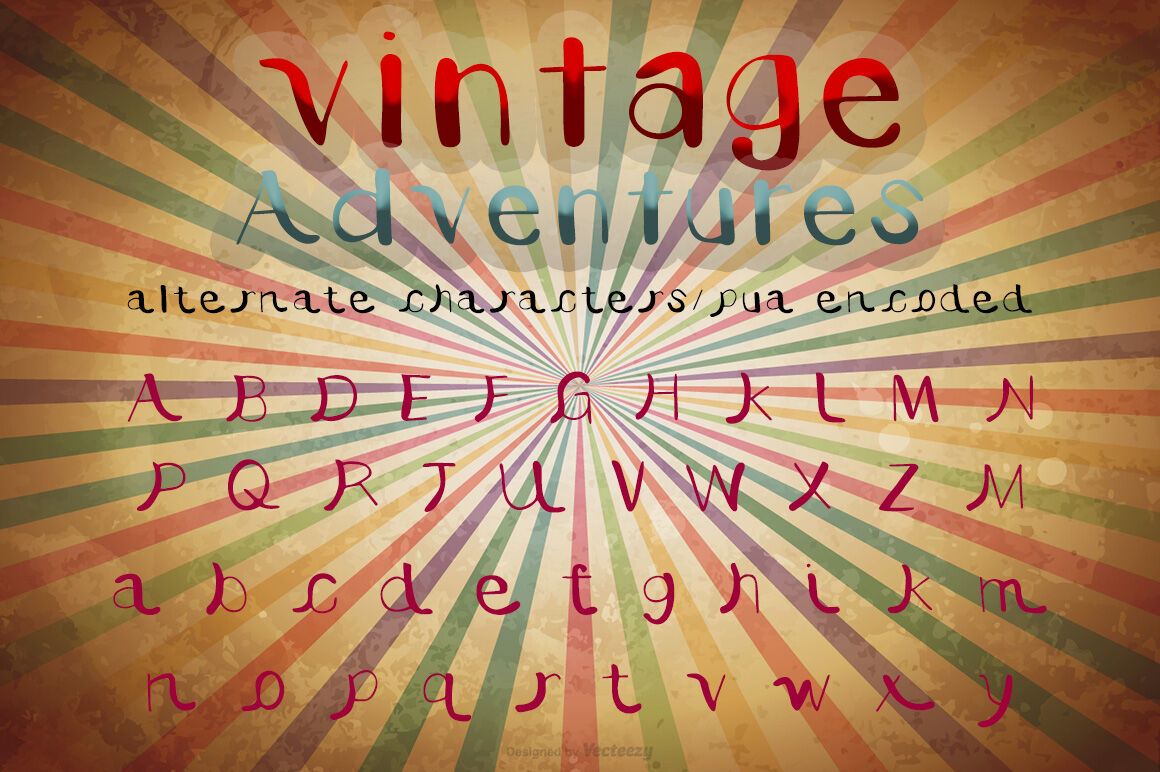
Disadvantages of Serif Typeface
Less readability on screens
While serif typefaces are highly legible in print, they can sometimes pose challenges when used on digital screens. The intricate details of serifs can appear less sharp and crisp on low-resolution screens, causing the text to lose some of its clarity. However, advancements in screen technology have mitigated this issue to some extent.
Limited use in modern designs
Modern design trends often lean towards sleek, minimalistic aesthetics, where sans-serif typefaces are preferred. The ornate nature of serif typefaces may not harmonize well with the clean and contemporary design styles. However, there are exceptions, as some modern designers skillfully incorporate serifs into their designs to create a unique and captivating visual impact.
Challenges in scaling
Serif typefaces can present challenges when scaling down to smaller sizes. The delicate details and intricate serifs may become less distinguishable and may even blend together, reducing legibility. However, some serif typefaces are specifically designed to address these concerns, emphasizing clarity and legibility in small sizes.
Popular Serif Typefaces
Times New Roman
Times New Roman, created by Stanley Morison and Victor Lardent in 1931, is one of the most recognized and widely used serif typefaces. Its popularity can be attributed to its exceptional legibility, making it a popular choice for printed materials like books, newspapers, and academic papers.
Georgia
Georgia, designed by Matthew Carter in 1993, was specifically created for on-screen reading. Its relatively large x-height and wide spacing make it highly legible, even at smaller sizes. Georgia’s warm and inviting style has made it a favorite choice for websites, blogs, and other online platforms.
Baskerville
Baskerville, designed by John Baskerville in the 18th century, is known for its delicate and refined appearance. Its elegant and timeless style makes it suitable for various design applications, from print to digital media. Baskerville’s crisp serifs and high contrast between thick and thin strokes contribute to its distinctive visual appeal.
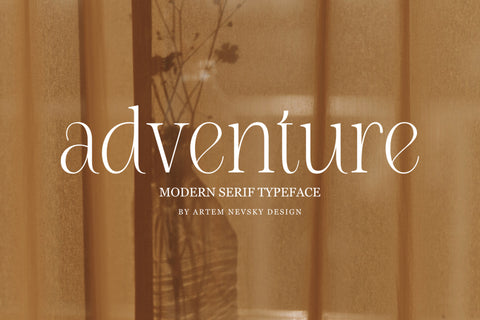
Using Serif Typeface in Design
Choosing the right serif typeface
When incorporating serifs into your designs, it is crucial to choose the right typeface that aligns with the design objectives. Consider factors such as legibility, scalability, and the desired visual aesthetic. Each serif typeface has its own personality and charm, so select one that complements your overall design concept.
Combining serifs with other fonts
Serif typefaces can be combined with other font styles to create visually appealing and balanced designs. Pairing a serif typeface with a complimentary sans-serif or script font can add depth and contrast to your design, making certain elements stand out while maintaining overall cohesiveness.
Tips for designing with serifs
When designing with serif typefaces, pay attention to readability by ensuring adequate spacing between letters and lines. Consider the hierarchy and emphasis of the text by using various font weights, sizes, and styles. Additionally, be mindful of the intended audience and the specific context in which the design will be viewed.
Serif Typeface in Branding
Case studies of successful brands
Numerous successful brands across various industries have embraced the use of serif typefaces in their branding. Brands like Vogue, The New York Times, and Rolex have leveraged the timeless elegance of serif typefaces to establish a sense of authority, prestige, and sophistication.
The impact of serifs on brand identity
By choosing and consistently using a serif typeface in their brand identity, companies can establish a strong and recognizable visual identity. The distinct personality and associations associated with serif typefaces can help create an emotional connection with the target audience, reinforcing brand recognition and trust.
Best practices for using serifs in branding
When using serif typefaces in branding, it is essential to carefully consider the target audience and the brand’s overall image. The chosen serif typeface should align with the brand’s personality and values. Additionally, maintaining consistency in font usage across various brand touchpoints helps strengthen the brand identity and creates a cohesive brand experience.
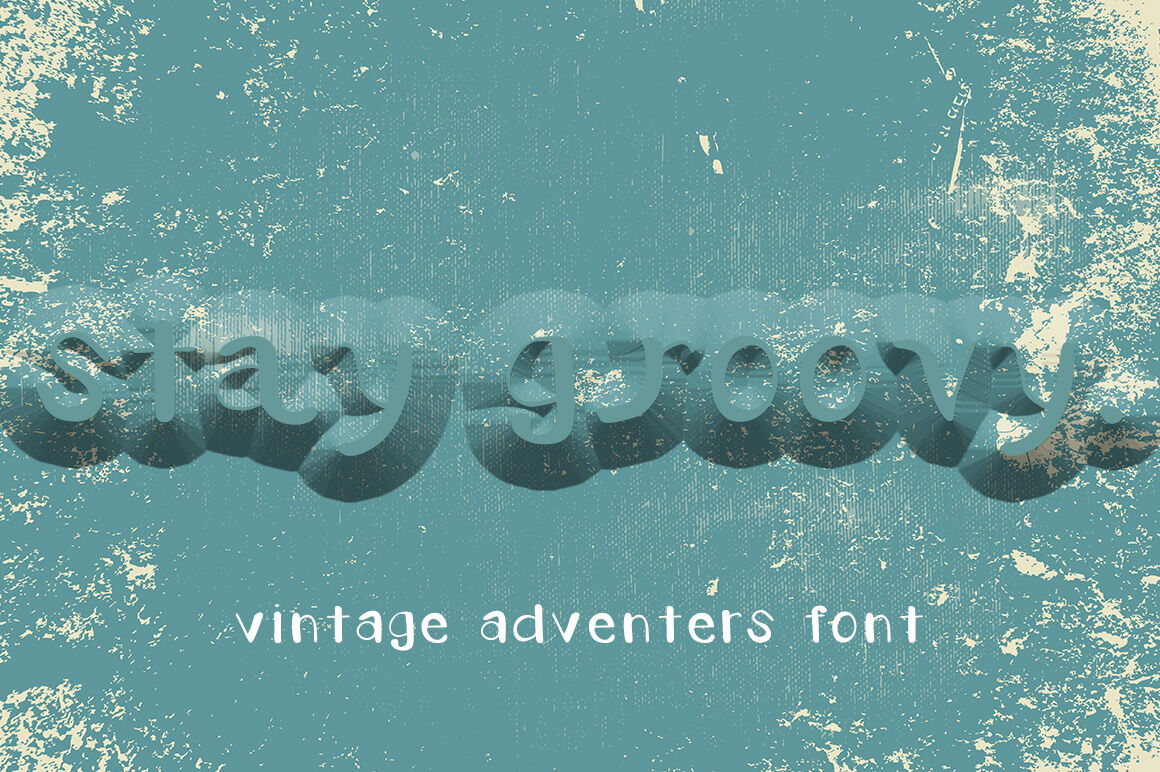
Serif Typeface in Web Design
Challenges and considerations
While serif typefaces were traditionally considered less suitable for web design, advancements in web technology and improved rendering capabilities have opened up new opportunities. However, challenges such as screen resolution and compatibility across different devices and browsers still need to be addressed.
Examples of websites using serifs effectively
Several contemporary websites have successfully incorporated serif typefaces into their designs. These websites demonstrate how serifs can be used to create a visually striking and engaging user interface while maintaining readability and clarity. From blogs to e-commerce platforms, serif typefaces have found their place in modern web design.
Tips for optimizing serif fonts for the web
To optimize serif fonts for the web, consider using web-safe serif typefaces or web font services to ensure cross-platform compatibility. Pay attention to font loading times by optimizing file sizes and utilizing caching techniques. Always test the chosen serif typeface on various devices and screen sizes to ensure legibility and overall user experience.
Future of Serif Typeface
Trends and developments
As design trends evolve and technology advances, the future of serif typefaces seems promising. Designers are constantly pushing the boundaries of creative expression, experimenting with innovative serif designs that blend tradition with contemporary aesthetics. The future may bring more customized and tailored serif typefaces to meet the diverse needs of designers and brands.
Innovation in serif typefaces
Advancements in digital design tools and techniques have allowed designers to push the boundaries of serif typeface design. From exploring unique 3D effects to creating fluid and dynamic letterforms, the possibilities for innovation in serif typefaces are endless. Additionally, technological developments will continue to improve the rendering and readability of serif typefaces on various digital platforms.
Changing preferences in design
While serif typefaces may have faced some challenges in the past, design preferences are constantly changing. As designers and brands seek to differentiate themselves and stand out in a crowded digital landscape, the allure of serif typefaces may experience a resurgence. The timeless elegance and classic appeal of serifs continue to captivate audiences and provide designers with a powerful tool for visual storytelling.
In conclusion, the world of typography is enriched by the presence of serif typefaces. From their historical origins to contemporary design applications, serifs have played an essential role in enhancing readability, evoking specific emotions, and establishing visual identities. Whether in print or digital media, serif typefaces offer a plethora of options for designers to create visually engaging and impactful designs. As the world of design continually evolves, so too will the role and significance of serif typefaces.

